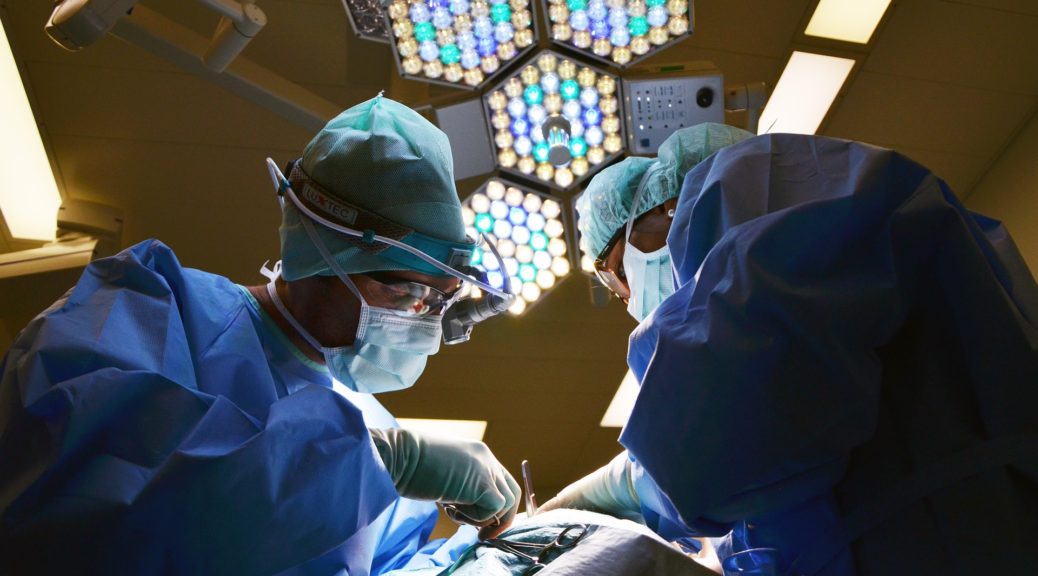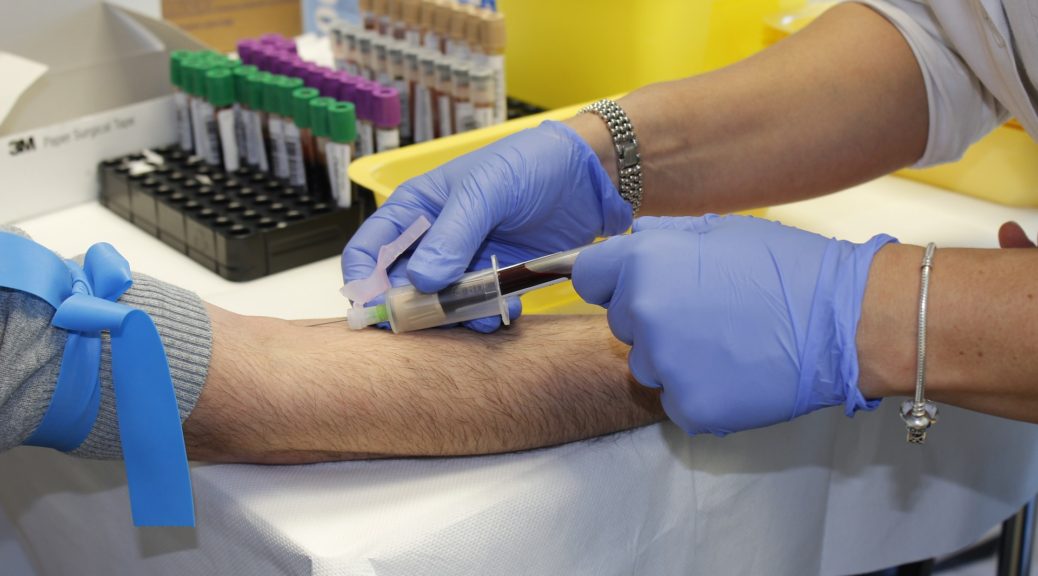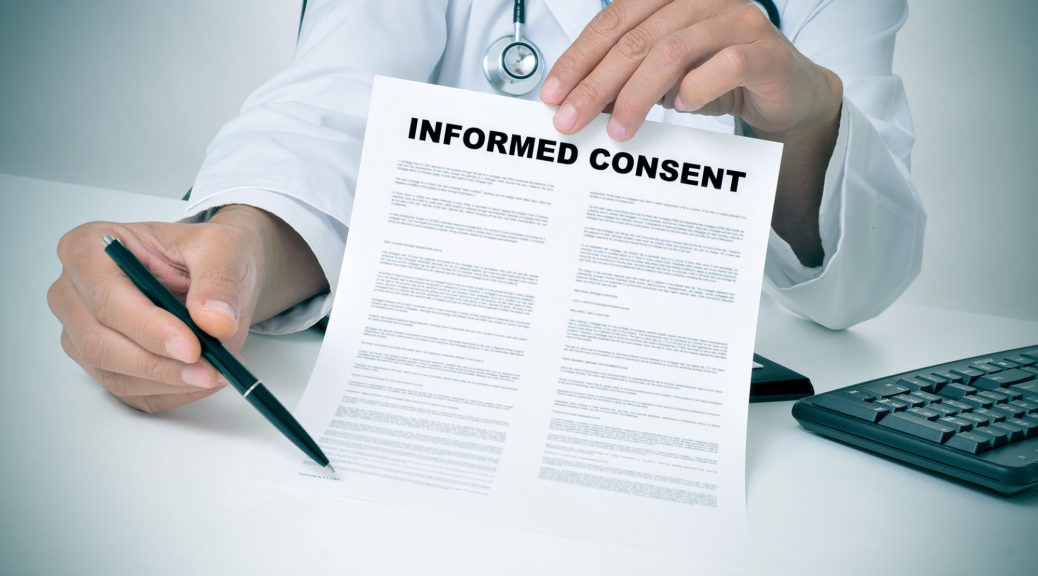Being a surgeon is more than just operating on patients. Life-long learning is a requirement of the profession. One of my favorite ways to learn is participation in the Morbidity and Mortality (M&M) conference which most departments of surgery conduct on at least a monthly basis. Although it is important to learn from your own mistakes, it is even better to learn from someone else’s mistakes.
The purpose of the conference is to discuss surgical complications (morbidity) and deaths (mortality) so that any mistakes, technical, judgmental, or systems based, can be learned from. Hopefully, mistakes made will not be repeated and the advancement of surgical knowledge can occur. The discussions are the hallmark of the conference and need to be open and critical. Truthful discussions are unlikely to occur if there is fear that the minutes could be used by plaintiff’s counsel in a malpractice action. Most states recognize a “peer-review” privilege which is equivalent to the attorney-client privilege; in most states, this privilege will protect the work-product generated from the conference.
In 2005, the United States Congress passed the Patient Safety and Quality Improvement Act. The main goal of this law was to encourage health care providers to present their errors without fear of reprisal. The idea was to improve the quality of care for all patients; this is an important public policy interest. The errors reported would eventually be listed in a database created by the Department of Health and Human Services. This database could be accessed and medical errors could be analyzed, to hopefully develop best practices that would result in a decrease in similar types of errors in the future. There are currently some databases available for review, but the product envisioned by the law has not yet been realized.
Discussions at M&M are often heated, personal, and critical. The presenter often gets very defensive and sometimes angry when questioned about their judgment and actions on the case being discussed. Only physicians are supposed to attend so as to keep the “peer review” privilege; even medical students are not supposed to be in the conference as the law does not yet recognize them as peers of the surgeons.
At programs which have a surgical residency, it is the resident who usually presents the case. As the story unfolds, various surgical attendings in the room will start to grill the resident as to his thought process or technical skills. The questions and innuendos are often nasty. Where I did my training, the attendings would advise us to fight back if we felt the attacks were unjustified. “Fighting back” often became “overly defensive” as it was not easy to disagree with an attending, many of whom were known as being among the best in the world.
I have advised my residents to maintain their composure no matter how angry or fearful they become. They must know the facts of the case and they must project confidence. This is also something they teach you in law school but there are no classes for how to present a case in medical school. I also advise them to own their mistakes, learn from them, and be resilient.
Presenting at M&M requires good communication skills. The case being presented had a bad result, a death or a significant complication. Under questioning, the presenter may become angry, frustrated, or indignant. These emotions are normal and expected, but they must not show it. They must maintain their professionalism and they must be truthful. No matter how stressed out they feel, they must remain calm, speak clearly, and be respectful to the inquisitors. After all, the attendings asking the questions have spent years acquiring the skills, knowledge, and experience to be in their positions.
I have noticed that several of the younger surgeons in the audience have their lap tops open and they have “googled” the entity being presented. Some have asked questions meant to put the presenter on the spot and, in my opinion, make the questioner appear to have more knowledge than they may have had a few minutes prior. This behavior is obnoxious, but that’s the way some surgeons are.
Some of the residents in the audience will try to get a quick course on the problem from their computers, but they are unlikely to put one of their colleagues on the spot; they are probably trying to prepare in case one of the attendings hits them with a question to see if they have been listening.
The “straw-man” argument is often used to try and discredit the presenter at this conference. This happens when a questioner changes the facts of the case in such a way as to make the presenter’s argument seem unreasonable. When presented with a “straw-man,” I advise the resident to point out the differences in the fact scenario in the hypothetical and then do their best to answer the question. This is another thing that they teach in law school that is lacking in surgical education.
Another thing they teach in law school is to stop talking when you are interrupted by a judge who wants to ask you a question. I have found this stategy to be very effective at M&M. If I am talking and someone interrupts, I immediately stop talking and I listen to the interrupter closely. This usually results in a period of silence where the whole room is waiting to hear what I was going to say. Being interrupted by a judge is accepted policy in court; it is rude if you are speaking at M&M.
Knowing the facts of the case is required but is not sufficient for a good presentation. The resident also needs to be up to date with the literature pertaining to the patient they are discussing. It is especially beneficial if they cite literature that has been written by one of the attendings who is sitting in the audience; this is actually not too difficult to do if it is a residency at a major university. The endgame is to keep cool, maintain professionalism, and be correct.
Presenting a complication or a death at the M&M conference can be a stressful experience. It is meant to be that way so that the resident can learn to think on his feet and be able to articulate an answer or a plan that is reasonable. If they cannot present well at M&M, it is unlikely that they will perform well when all hell breaks loose in the operating room with a real patient. Being grilled at M&M and learning how to handle this stress is an important part of becoming a surgeon.
 by Darryl S. Weiman, M.D., J.D.
by Darryl S. Weiman, M.D., J.D.
Professor, Cardiothoracic Surgery, University of Tennessee Health Science Center and Chief of Surgery, VAMC Memphis, TN







